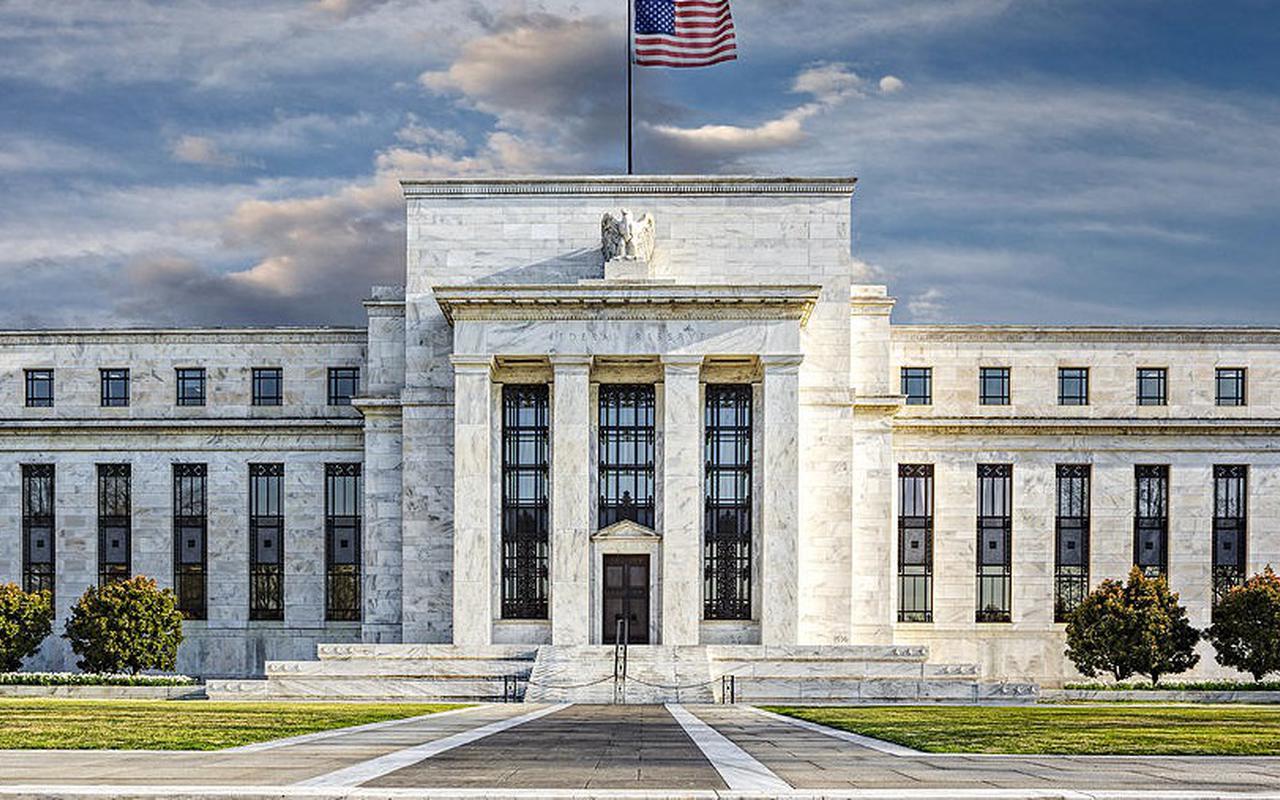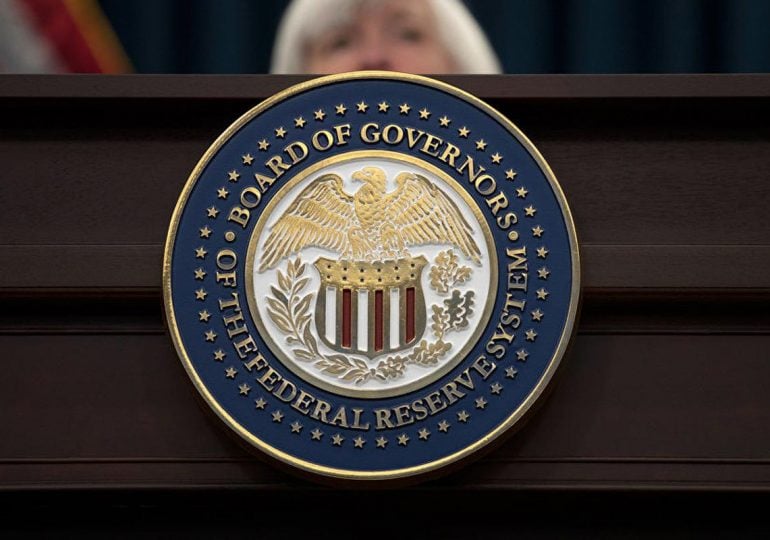The US Federal Reserve will refuse to sell assets
The US Federal Reserve is planning to stop its asset sale program. This is evidenced by recent statements by officials. The main financial body of the United States for the last 2 years pursued a policy of reduction, selling assets worth approximately $ 40 billion a month. Experts expect that the implementation of the program will begin later this year. The decision of the US Federal Reserve can have a serious impact on financial markets, so it deserves special attention.
Why did the US Federal Reserve decide to stop asset reduction
Since emerging from the global financial crisis of 2008–2009, the United States has pursued a policy of asset buildup. Ultimately, by 2017, the Federal Reserve managed to accumulate approximately $ 4.5 trillion, after which it opened a program to sell previously purchased treasury and mortgage bonds. Fed sales brought the US budget an average of $ 40 billion.
However, now the officials intend to suspend sales. Experts note that the deterioration of the financial situation in the world and the threat of a new financial crisis force us to make such a decision.
In addition, there were other reasons. At the end of 2018, the US stock market experienced a dramatic fall, indices lost a total of 20% of the cost. Part of the collapse of the market was triggered by the tight monetary policy of the Fed, which increased the key rate 2-3 times a year. At the beginning of 2019, the Fed stopped increasing, which led to a gradual recovery of the indices. In particular, NASDAQ added already 20% in relation to the minimum figures of the last year.
The head of the regional management of the Fed in Cleveland Loretta Mester noted that the decision to terminate the asset sale program has not yet been made. However, this idea is considered by the Office seriously. Mester emphasizes that the sale of treasury and mortgage bonds may be suspended at the next meetings.

Experts note that the financial well-being of the United States is important not only the amount in the reserve accounts but also the type of assets. Now the Fed has securities with maturities from 2 to 30 years. According to analysts, the Fed should focus on the acquisition of short-term bonds. This solution will allow, if necessary, to quickly stimulate the economy, quickly receiving money, as well as quickly update the portfolio, reinvesting in long-term assets.
Another problem that forces the Federal Reserve System to abandon the further sale of securities is to reduce the reserves of commercial banks placed on the Fed deposit accounts. In particular, in 2014 this amount was $ 2.8 trillion, but over 4 years it has almost halved and is now at $ 1.6 trillion. If reserves continue to shrink, the United States risks facing strong volatility.
Fed management wants to increase the reserves of commercial banks. If this works out, the country’s economy will become more resilient to the financial shocks that may occur in the world in the next 2 years. Phil Harker, head of the Federal Reserve in Philadelphia, believes that in no case should the reserves be lowered below the $ 1.3 trillion marks.









